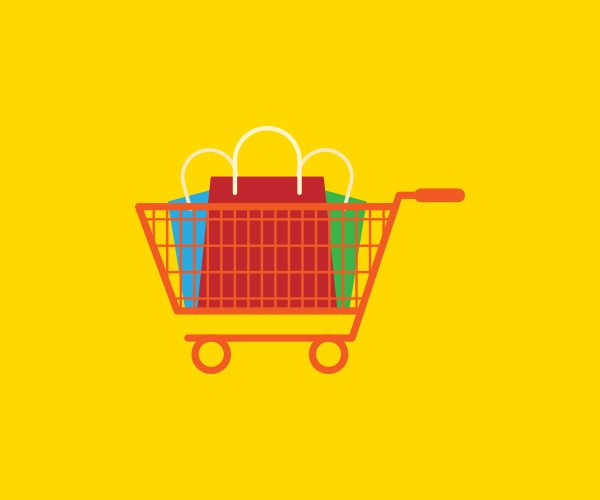The wholesale price index is a measure of the overall change in the prices of goods before they hit the retail market. It is a means to determine the inflation rate in a country. Moreover, it is used to track all the significant changes in wholesale goods.
There is a solid reason behind choosing the wholesale price index a matrix for determining the inflation rate. It is easy to gather reliable and trustworthy information from wholesalers as compared to retailers. This is mainly because of the fact that the more we dwell in the consumer market, the more complex the whole process gets.
Since 1978, the WPI has been replaced with the Produce Price Index in the US. Producer Price Index is a measure of the prices paid to the producers of goods and services in exchange for their output. It is a means to determine wholesale inflation over a course of time.
How do you Calculate Wholesale Price Index?
Let us understand the wholesale price index calculation with an example. Consider that the price of an apple was $5 dollars in the year 2011-2012. Now in 2022-23, the price of an apple is $10. The price of an apple has increased by $5.
If we are to calculate that in percentage terms it will be
(10$/5$) *100 = 100% (over a period of 10 years)
The base year is 2011-2012. It is a common rule of thumb to assume the base year to be 100 while calculating the WPI. Hence the overall calculation leads us to a WPI of 100+100= 200.
What are the Components of the Wholesale Price Index?
The main components of the wholesale price index are the goods. These goods and their selection vary from country to country. The factors that define the goods in a country for the calculation of the Wholesale Price Index are as follows:
- Customer preferences
- Industry
- Association with the masses
Every country has its own definition of goods. For example in the US, wine may fall under the definition of goods while in the Middle East dry fruits are considered a part of the goods. Therefore, such things differ from country to country depending on the things that are in demand in those areas.
In the US, the following major commodities make up the goods used to calculate the WPI:
- Food articles – 18.80%
- Non-Food articles – 5.18%
- Crude petroleum products – 2.97%
- Coal – 2.63%
- Mineral oils – 9.80%
- Electricity – 3.70%
- Food products – 11.24%
- Textiles – 6.02%
- Chemical and chemical products – 7.96%
- Basic metals – 11.86%
- Non-metallic mineral products – 3.94%
- Fabricated metal products except for machinery and equipment – 3.88%
- Machinery and equipment – 5.89%
- Motor vehicles, trailers, and semi-trailers – 6.11%
What are the Pros and Cons of the Wholesale Price Index?
Pros
Listed below are some of the benefits that the Wholesale Price Index promises:
- WPI is a real-time analysis of the overall health of an economy i.e. growth and decline. It is a helpful tool to determine the factors which are influencing the overall economy of a country. The reasons can then be explored by conducting an in-depth analysis of the economy.
- Wholesale Price Index helps countries to draft a 5-year budget plan by showcasing the probable percentage of deflation or inflation. It can grant valuable insights to the governments regarding how much they should change the retail price of the goods.
- The goods comparison is also effective for determining the underperforming sectors. This helps the governments to flesh out policies that can aid those sectors to improve their revenue.
- It helps industries to perform a comparative analysis. Moreover, it facilitates industries to take productive measures to enhance overall performance.
Cons
Some limitations of WPI include:
- One of the biggest issues with WPI is that it has a restricted definition of goods. Complete dependence on this index for the inflation evaluation can be risky for countries because WPI cannot cater to every possible number of goods.
- As the definition of goods differs from country to country, WPI is not a sustainable approach for cross-country economic evaluation and comparison.
- It is only a measure of wholesale goods. Wholesale Price Index falls flat in those sectors or countries which are dominated by the services sector.
The Bottom Line
WPI is a means to measure the overall changes in prices of wholesale goods before they are available at retail shops. Mostly expressed in percentages, it is possible to calculate the WPI with the help of a formula. WPI serves as a productive means to foresee the rate of inflation and helps governments to design their budget policies accordingly.



